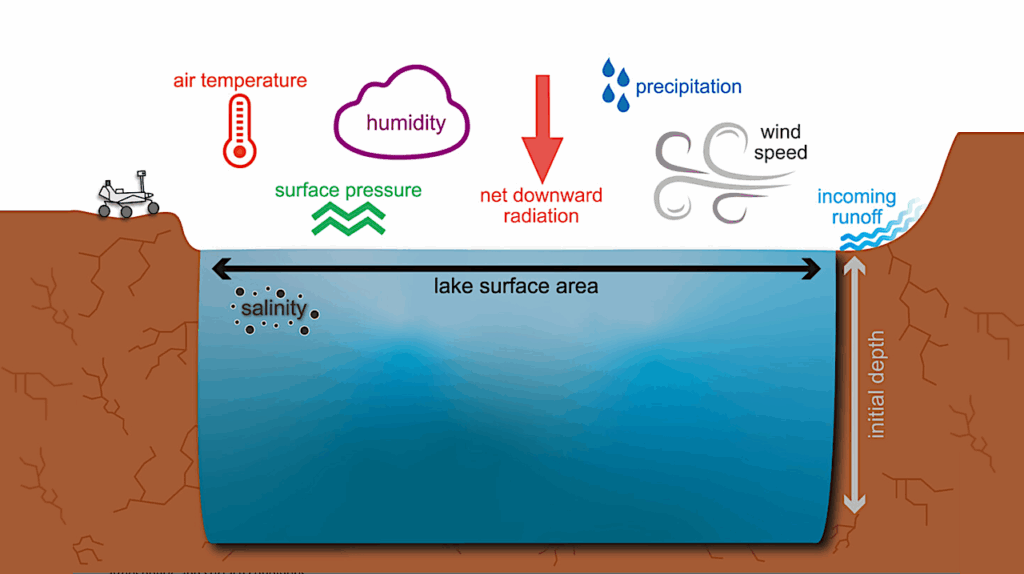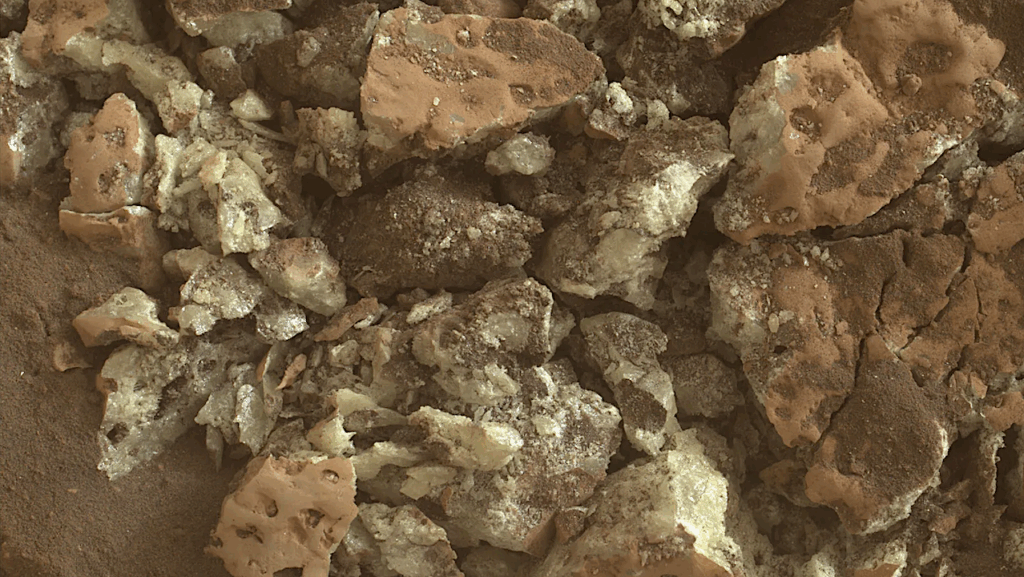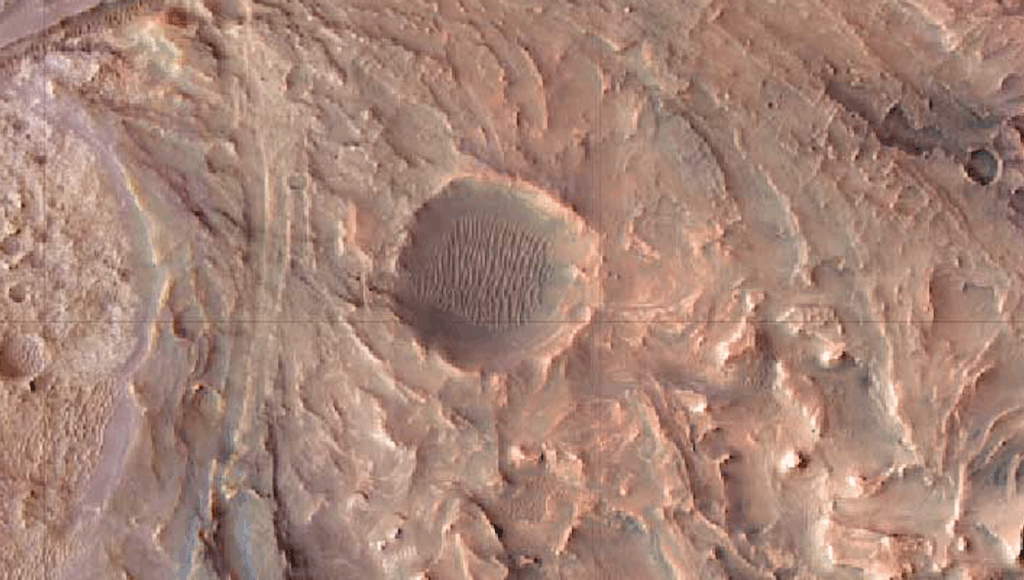Planetary Protection: Killing Bacteria Deep Inside a Spacecraft
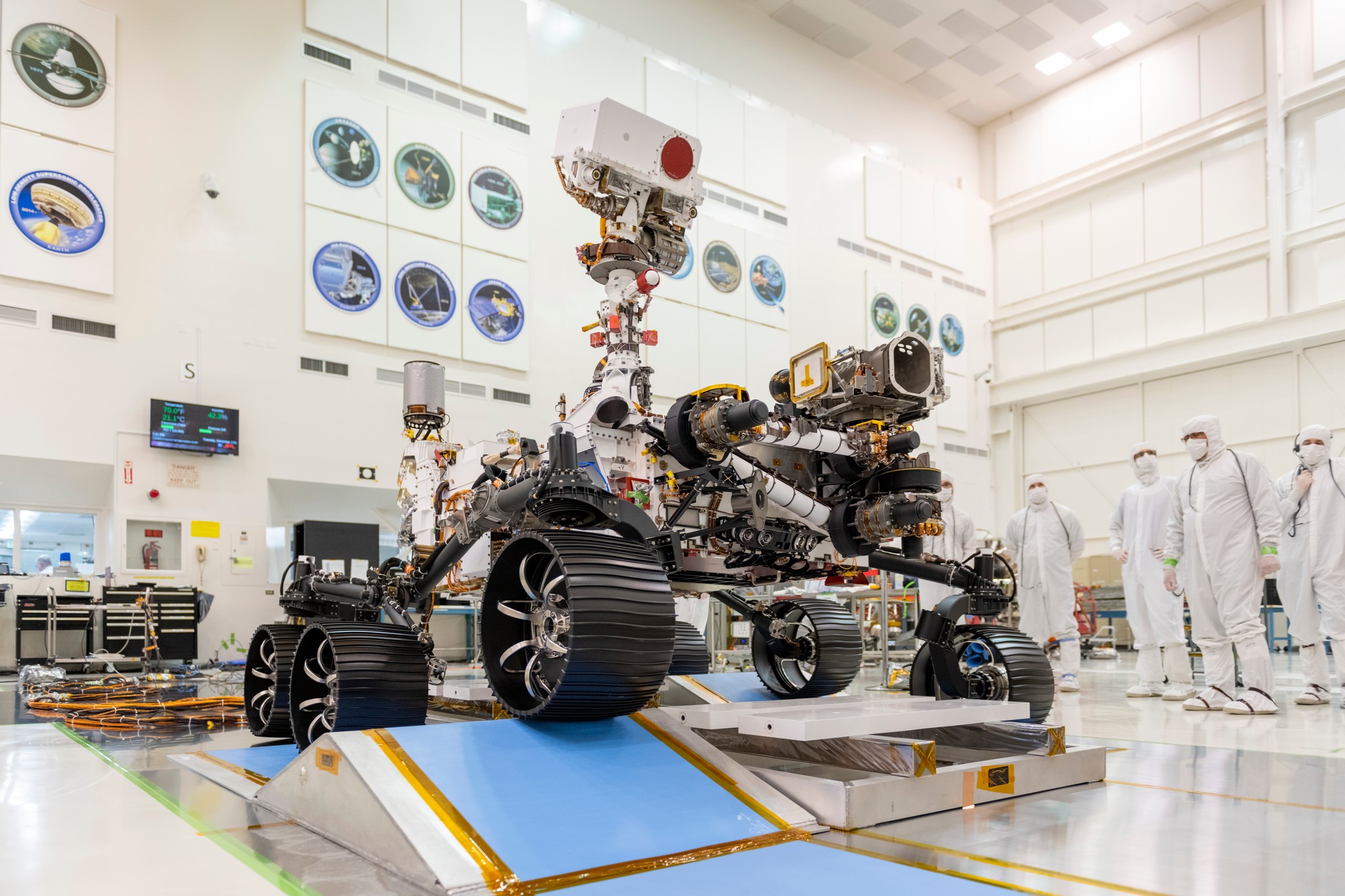
Scientists supported by NASA have discovered a novel method for killing microbes deeply embedded in spacecraft components.
The team of researchers looked at the materials used to construct components used in space missions and found that the presence of certain materials kills bacteria without any additional sterilization methods.
The work was part of an ongoing study of planetary protection methods used to make sure spacecraft are sterilized before they are launched from Earth. The team was looking at the survival of organisms when exposed to the interactive effects of ultraviolet radiation, solar heating, ionizing radiation, and exposure in a vacuum chamber. They noticed that spores of three different types of bacteria were killed when they were placed in a vacuum chamber for five days, even without exposure to the additional conditions mentioned above.
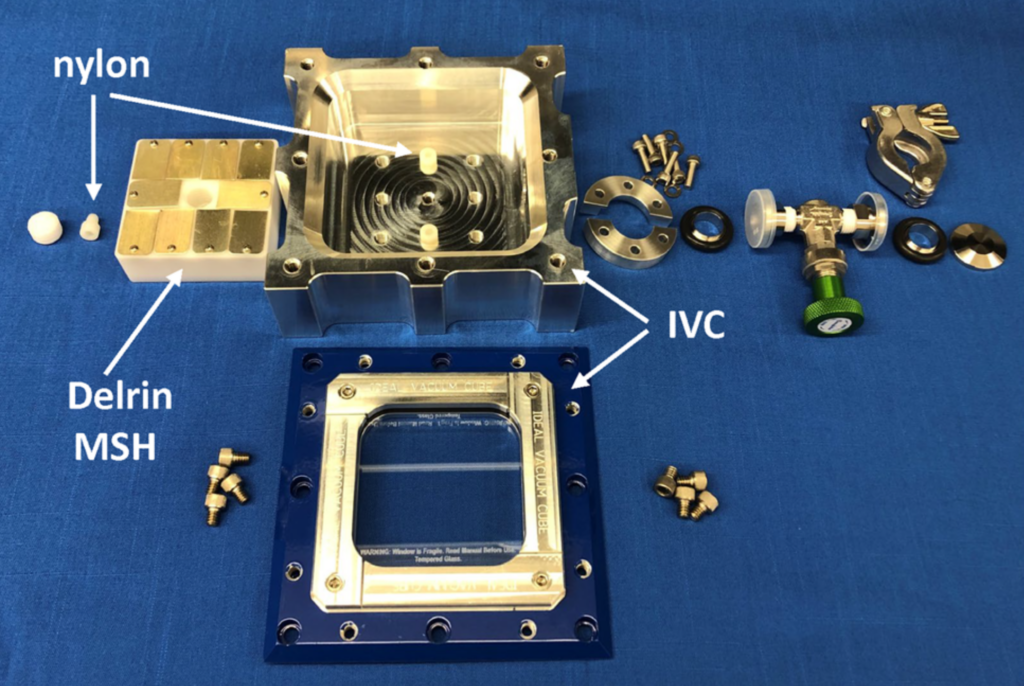
Disassembled Ionizing Radiation Vacuum Chamber (IVC) system with one Delrin Microbial Sample Holder (MSH) and three nylon screws. Ten aluminium 6061 microbial coupons were mounted on the upper surface of the Delrin MSH. Once mounted, the Delrin MSH would be inserted into the void space in the base IVC unit. The IVC system top was 15.2 × 15.2 cm in both the left/right and top/down dimensions. The internal void space was 372 cm3.
To narrow down what was killing off the bacteria, the team then tested the survival of the organisms in the presence of eight common spacecraft materials. They found that the bacteria couldn’t survive in the presence of a commercial thermoplastic polyacetal polymer. Their theory is that this material is outgassing formaldehyde, and that this volatile organic compound (VOC) is what gives the material its biocidal properties.
Identifying biocidal materials like this could help engineers build new space missions that are less likely to carry biological contaminants beyond Earth. These materials could be used in the construction of components deep inside a rover or probe to kill bacteria that other sterilization methods can’t reach.
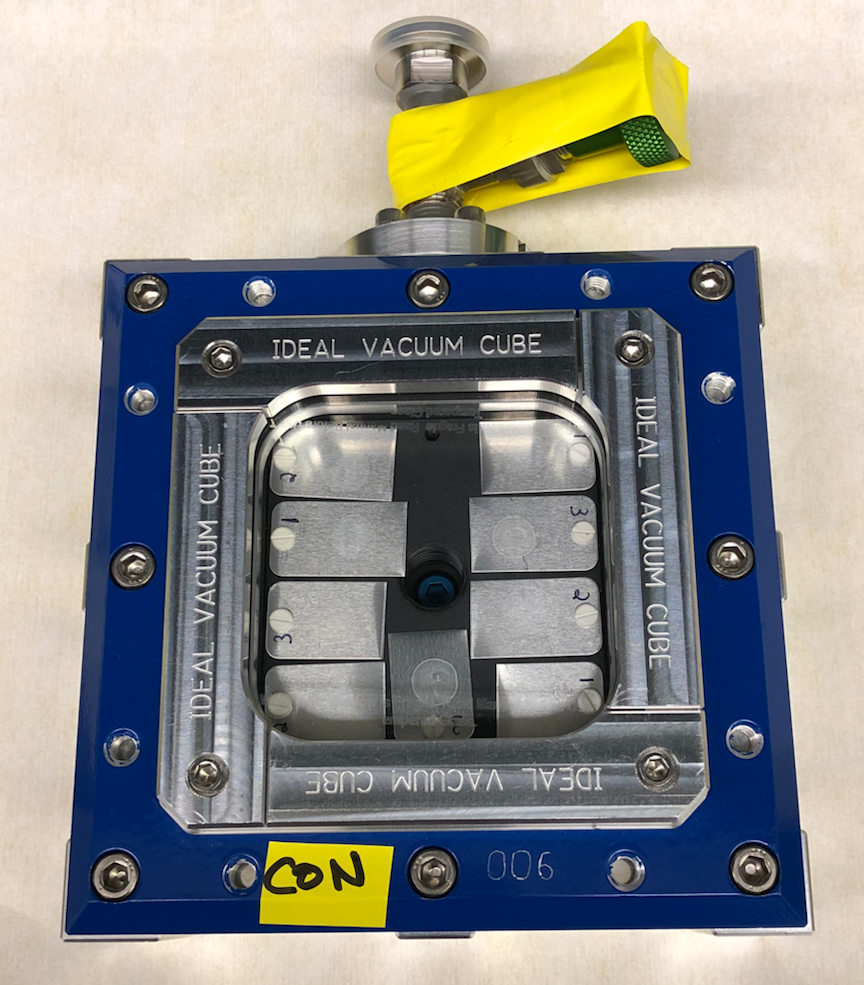
Fully assembled Ionizing Radiation Vacuum Chamber (IVC) system. Black polycarbonate is shown here as the MSH material holding nine aluminium 6061 coupons. Each coupon is doped with ~2 × 106 spores in 1-cm wide bacterial monolayers. Thus, in this photo, there are three replicates each of three Bacillus spp. mounted on a polycarbonate MSH unit in a sealed IVC system.
The study, “Microbial protocols for spacecraft: 2. Biocidal effects of Delrin and nylon in sealed compartments may enhance bioburden reductions in planetary spacecraft,” was published in the International Journal of Astrobiology. This work was supported by NASA’s Planetary Protection Office, which is tasked with protecting solar system bodies from contamination by Earth life. It is essential that missions sent to locations like Mars are clean of any Earth life. If there are any habitable environments present on Mars, microbes from Earth might contaminate the planet. Such contamination could damage any potential biological systems on Mars, and would interfere with experiments designed to search for signs of past or present life on the planet.
From the Planetary Protection Office:
NASA’s Planetary Protection policies and requirements ensure safe and verifiable scientific exploration for extraterrestrial life. The main objectives are to:
- Carefully control forward contamination of other worlds by terrestrial organisms and organic materials carried by spacecraft in order to guarantee the integrity of the search and study of extraterrestrial life, if it exists.
- Rigorously preclude backward contamination of Earth by extraterrestrial life or bioactive molecules in returned samples from habitable worlds in order to prevent potentially harmful consequences for humans and the Earth’s biosphere.
Microbial protocols for spacecraft: 2. Biocidal effects of Delrin and nylon in sealed compartments may enhance bioburden reductions in planetary spacecraft, International Journal of Astrobiology
Astrobiology


